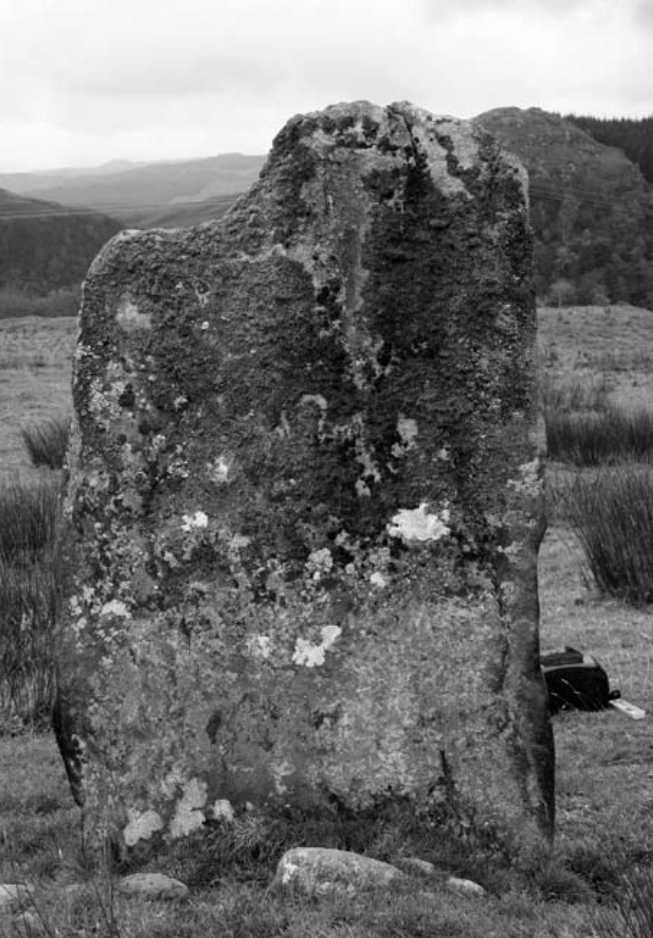where the sun or moon rose or set at a site can allow a dating due to the tilt of the earth having varied over a very long term cyclicity. One can also see that alignment to such events was a major feature of megalithic monuments, of pointing to sun and moon events. This approach gets even more powerful when day or month counting between alignment events can be measured within the dimensions of a site, using units of length seen belonging to a megalithic culture, like the megalithic yardAny unit of length 2.7-2.73 feet long, after Alexander Thom discovered 2.72 ft and 2.722 ft as units within the geometry within the megalithic monuments of Britain and Brittany..
However, another feature of stones at megalithic sites is their shape. When tracking the tracking the moon in time, its phase is changing so that shapes could indicating lunar phase, according to some sort of code. Le Manio Quadrilateral near CarnacAn extensive megalithic complex in southern Brittany, western France, predating the British megalithic. shows a great shape variation in the 36 stones of its southern curb of 36, marking the 36 lunar months in three lunar years alongside a day-inch count of 1063 days-inches. This count starts from the Sun Gate from which the summer (and winter) sunrise can be viewed (so that the curb is 14 degrees south of the summer sun line.)
The summer solsticeThe extreme points of sunrise and sunset in the year. In midwinter the sun is to the south of the celestial equator (the reverse in the southern hemisphere) and in midsummer the sun is north of that equator, which is above the geographical Equator). sunrise alignment runs from the sun gate through to the the eastern curb, where the vertical dressed edge of stone K marks the sunrise. Beyond stone K, stone G has a groove where the midsummer sun would sit as a full disk in about 4000 BC. This was clear in our Spring EquinoxThe two times of the year, in Spring and Autumn, when the sun rises directly east and sets directly west - at every latitude on Earth. survey in 2010 and the further interest here is in David Fisher’s work on a similarly grooved stone, on the summer solstice sunrise alignment where the mountain over which the sun rises is also similarly grooved.
Northern notched Stone at Carnasserie in Argyll
Two years later (in 2012-3), David Fisher presented a paper about the shapes of stones, and this included this self-same device of notches, but then between the sun, a notch in a mountain and a notch in a stone.
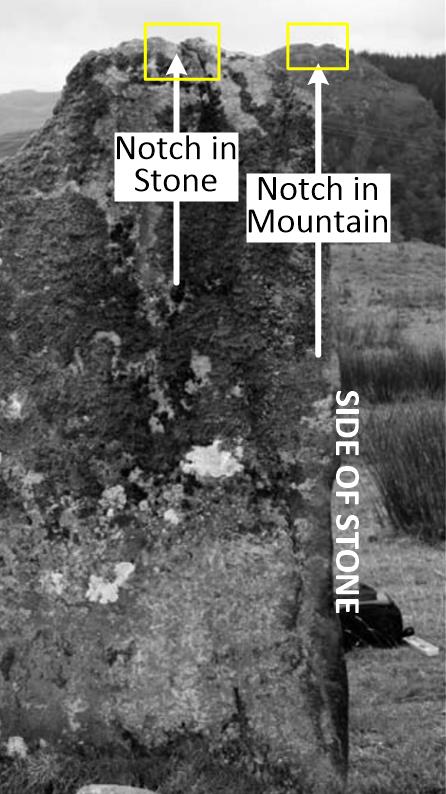
Figure 2 The northern stone at Carnasserie faced a mountain with a notch so that its right hand edge is below the notch.
It then appears, as reported by David Fisher in a 2012 anthropological supplement (see reference below and link for download of pdf), that the stone had its top shaped to match the mountains notch, because the mountain notch is where the midsummer sun rose in 3500 BC.
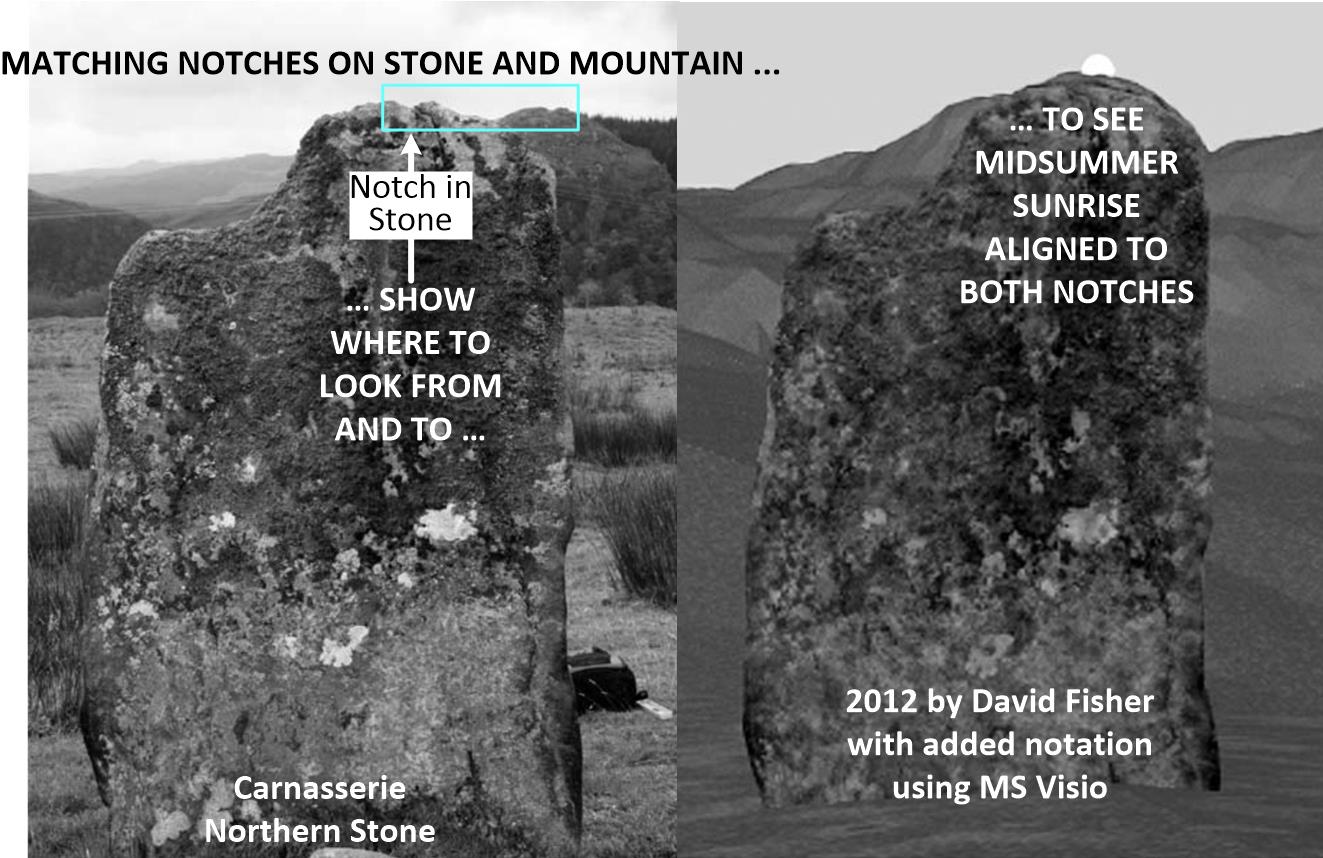
Figure 2 The notched northern stone of Carnasserie, showing a mirroring of the notch in the mountain by the top of the stone, a phenomenon called self-indication in this case of from where to observe (the stone notch) the rising of the sun (the mountain’s notch).
In figure 2, having defined (or self-indicated) the observation notch, the observer would see the sun rise in the mountain notch.
Only by being open to this sort of meaning-making within stone settings could one first note the similar notches in the backsight and in the foresight and discover a calibrated piece of stone age equipment.
More from Alexander Thom
from reference 2: CARNASSERIE, Argyll. (1) A. & A.S. Thom. A2/6.
The plan shows two slabs 8.5 and 9 ft high and 12.5 feet apart, azimuththe standard angular measurement of angles on the horizon, measured clockwise from zero degrees true North. about 170 degrees, There is a fallen stone on the ridge. This site needs investigation.
NM 834 008 Latitude 560.15
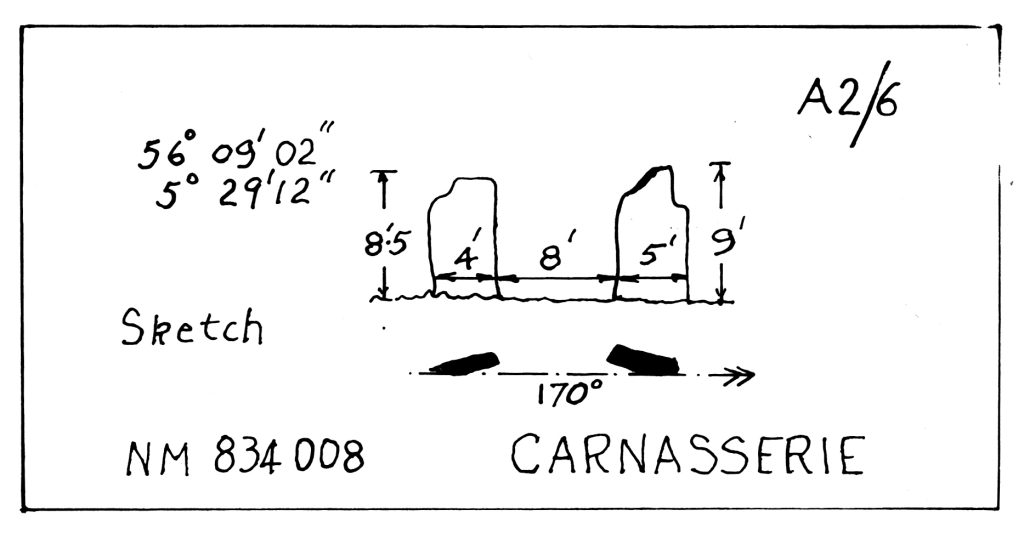
figure 3 Alexander Thom’s sketch of Carnasserie
My Interpretation
It is possible that the northern stone, facing the summer solstice in the mountain, was in the proportion of a four square geometry (half a lunation triangleThe right-angled triangle within which the lengths of the two longer sides are the relative proportions of the solar and lunar years.) whose diagonal is the solar yearFrom Earth: the time in which the sun moves once around the Zodiac, now known to be caused by the orbital period of the Earth around the Sun. relatve to the base being the lunar year of 12 lunar months. The southern stone has the same proportion in cross section (see figure below , blacked in stones at about 14 degrees to the 170 degree line sketched by Thom). The symbolism would suit the summer solstice as it would the other stone if it pointed towards the Equinoctial sun if the equinoxes occur half way through the solar year if reckoned summer solstice to summer solstice.
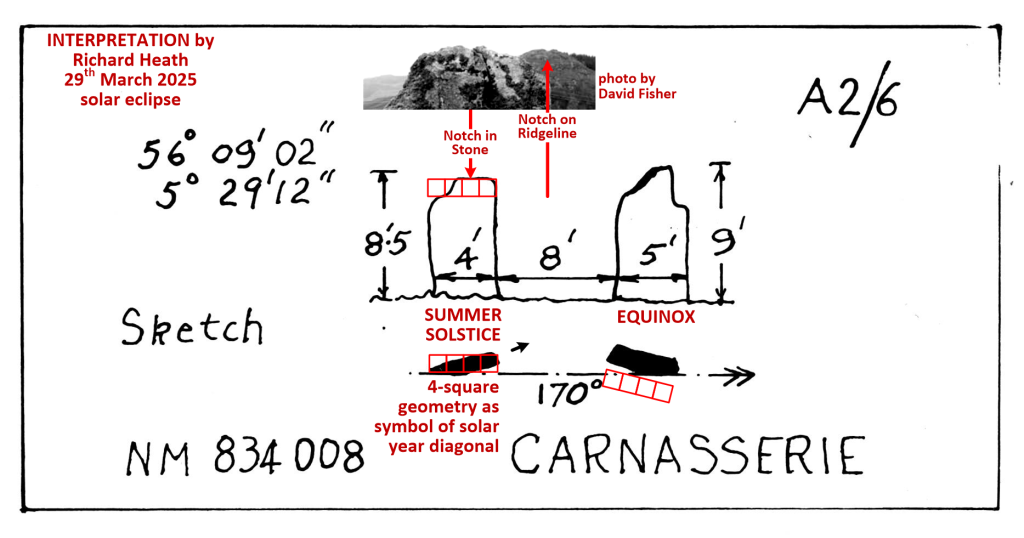
Figure 4 Thom’s sketch with my interpretation so far.
The azimuth of 170 degrees plus 14 degrees would place the equinox sunrise as close to east. In figure below, one can see what Google Earth sees from the location of the stones with the notched hill left of centre and the East presumably to the far right with some elevation. To quote Thom: “This site needs investigation.”
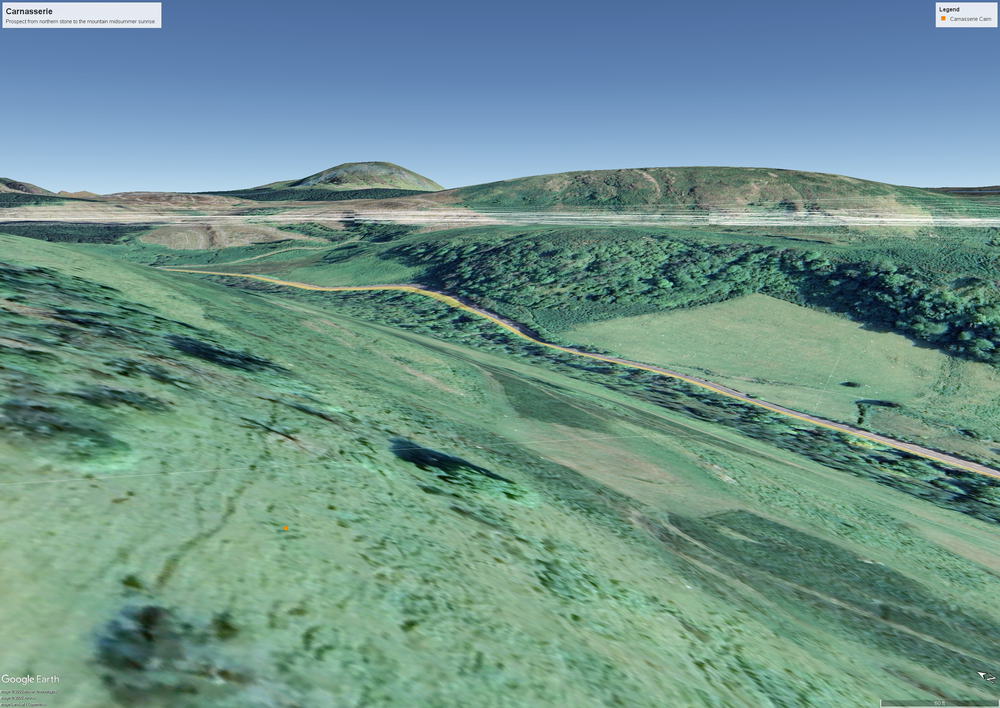
Figure 5 Google Earth view from Carnasserie stones to summer solstice
References
- ANCIENT COSMOLOGIES AND MODERN PROPHETS: Proceedings of the 20th Conference of the European Society for Astronomy in Culture. Edited by Ivan Šprajc and Peter Pehani. Slovene Anthropological Society, Ljubljana, 2013. see Pages 143-145. Employing 3-Dimensional Computer Simulation to Examine the Celestial Dating of Scottish Megalithic Site by David Fisher.
- Stone Rows and Standing Stones: Britain, Ireland and Brittany. Two parts:part 1 page 105. Alexander and Archie Thom with notes from Audrey Burl. Oxford: B.A.R.. 1990.
- I use the downloadable database of Google Earth megalithsStructures built out of large little-altered stones in the new stone age or neolithic between 5,000-2,500 (bronze age), in the pursuit of astronomical knowledge. at megalithic.co.uk.

